Introduction
File sharing has always been at the heart of how we work, collaborate, and connect. From passing physical disks across desks to today’s lightning-fast cloud transfers, the methods have changed dramatically — but the goal remains the same: getting information from point A to point B.
The Early Days
In the 80s and 90s, floppy disks and CDs were the main way to share files. While revolutionary for their time, they were limited in storage and fragile. Email attachments soon became popular, but they struggled with size restrictions.
The Rise of Peer-to-Peer (P2P)
The early 2000s saw the boom of peer-to-peer sharing networks like Napster, LimeWire, and BitTorrent. Suddenly, large files (especially music and video) could be shared directly between users — although not without legal battles and piracy concerns.
Cloud Computing Revolution
Today, cloud-based file sharing has taken center stage. Services like Dropbox, Google Drive, and FileRaven allow secure, scalable, and instant sharing across the globe. Users can collaborate in real-time, store unlimited files, and access them on any device.
The Future of File Sharing
Expect more AI-driven file organization, end-to-end encryption by default, and even blockchain-based ownership tracking. The next decade will likely focus on security, speed, and global accessibility.
Conclusion
File sharing has evolved from physical media to cloud ecosystems. Whether for personal use or business operations, the ability to share information securely and quickly is more important than ever.
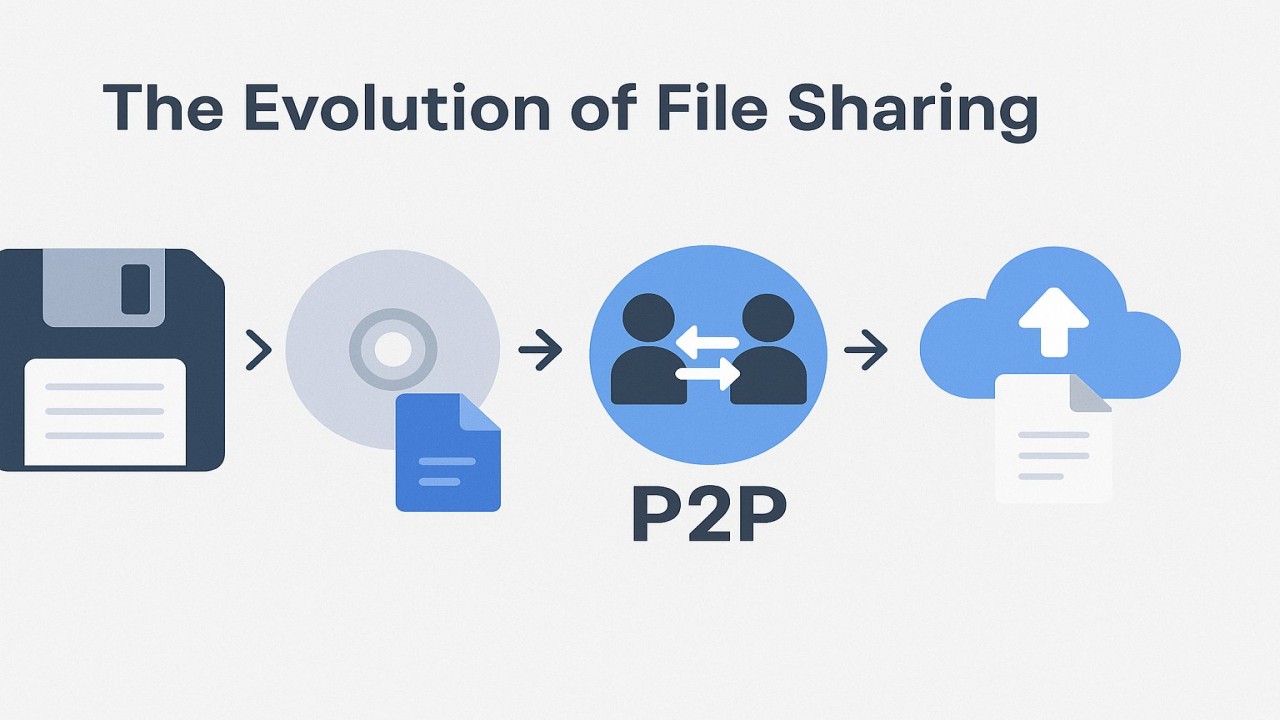
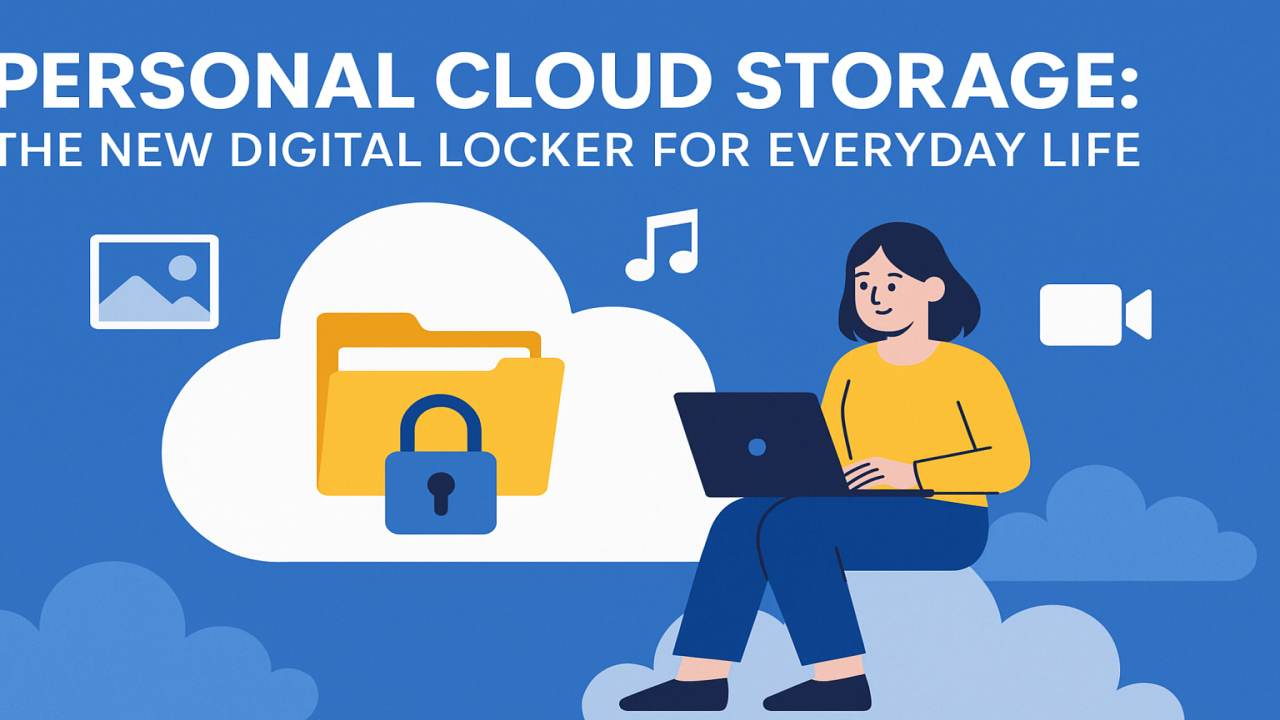
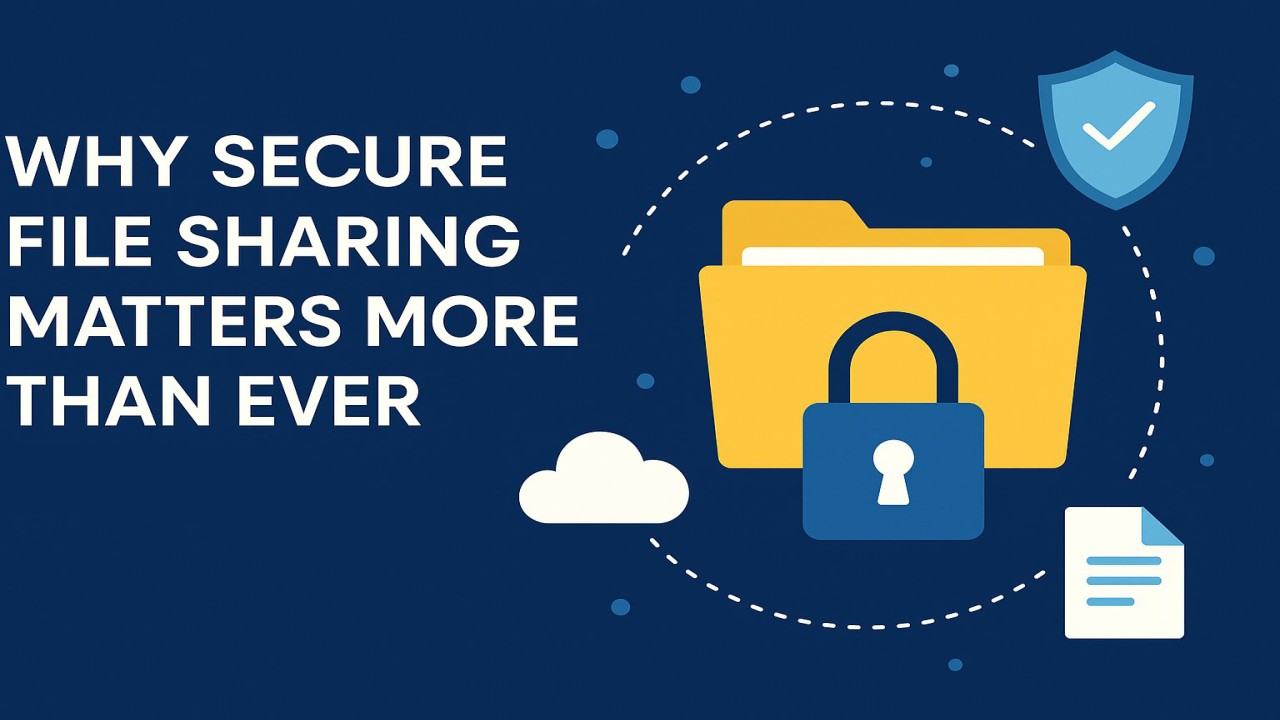
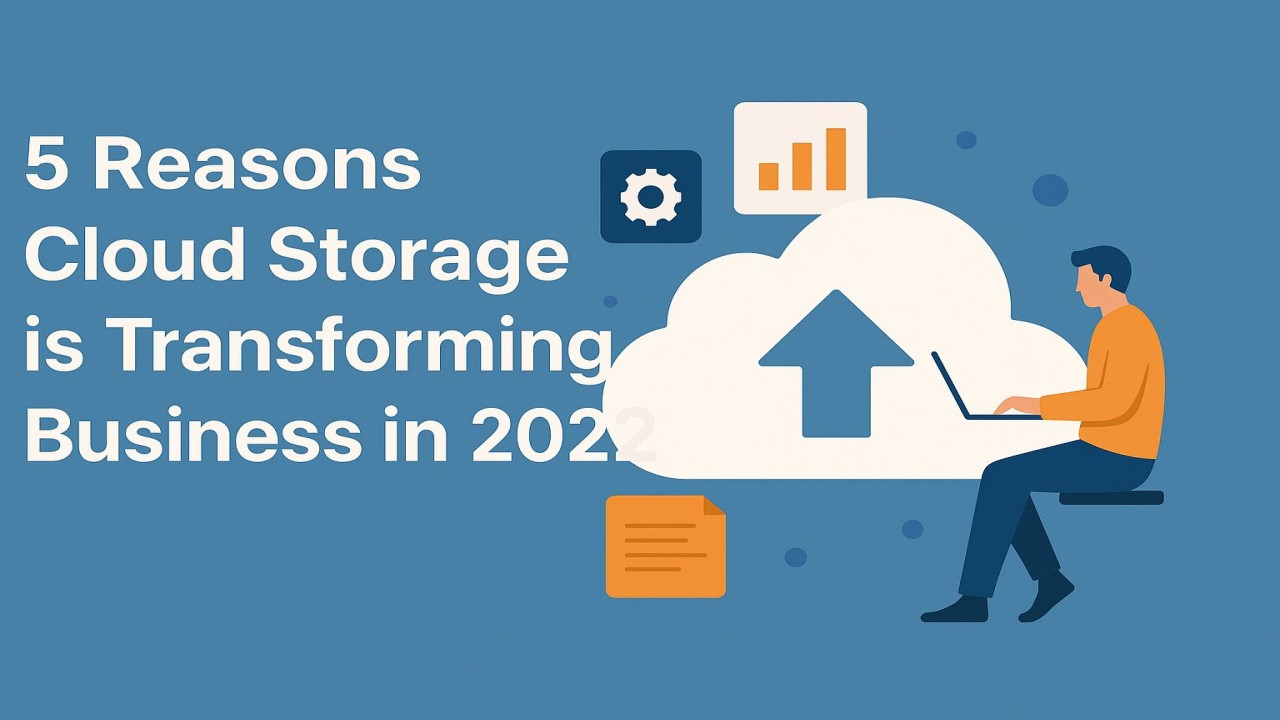

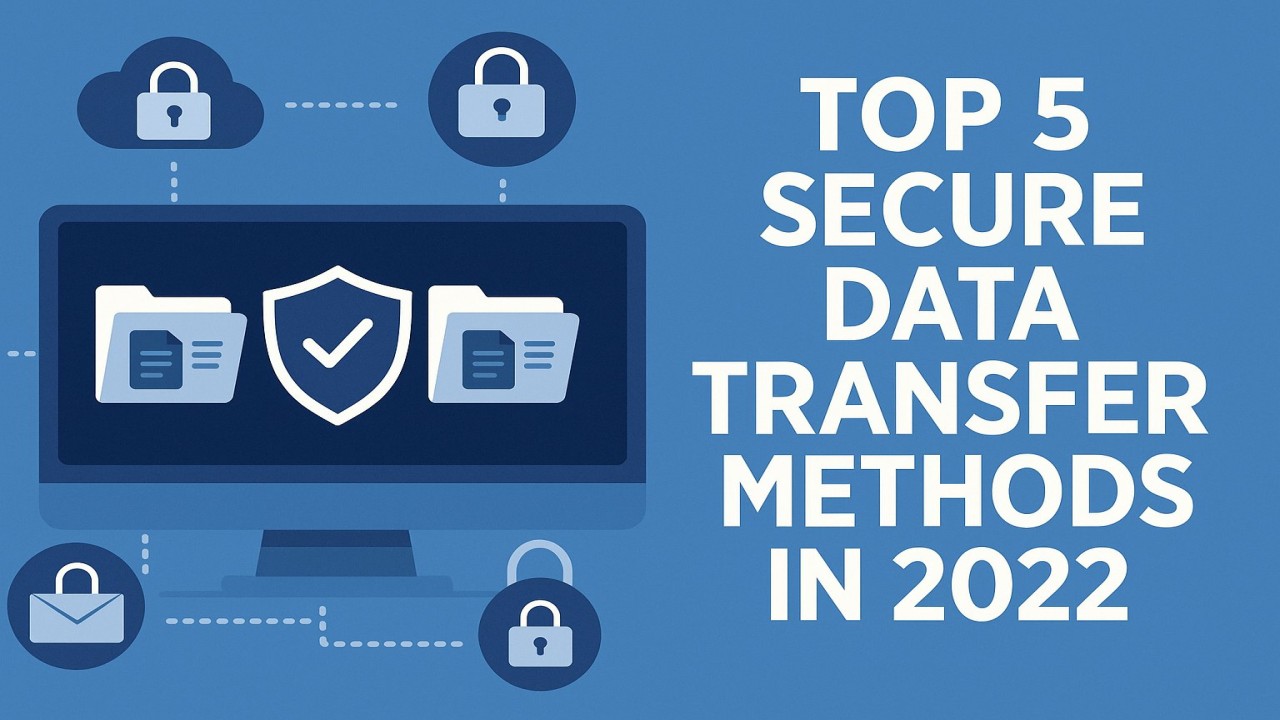
Comments (0)